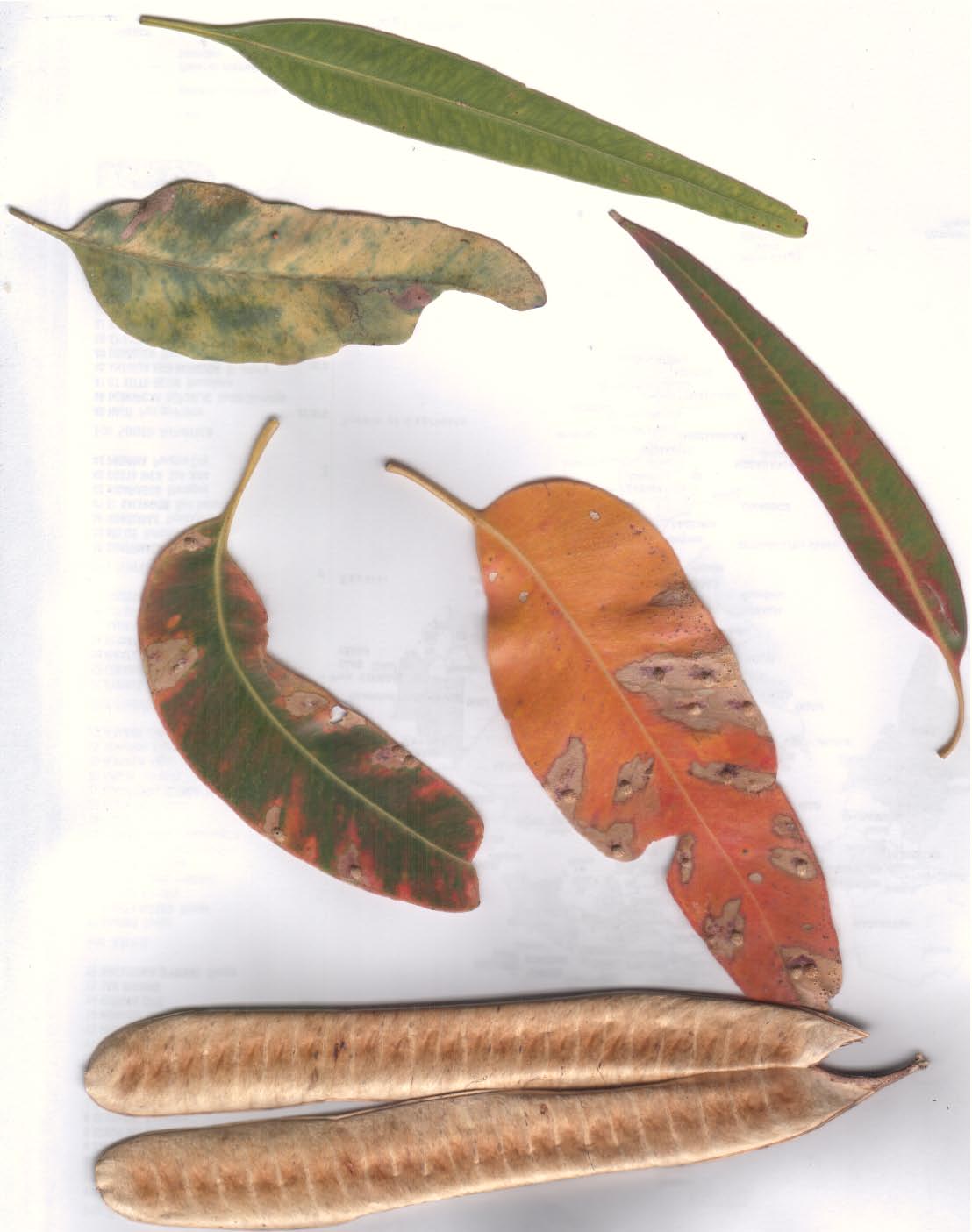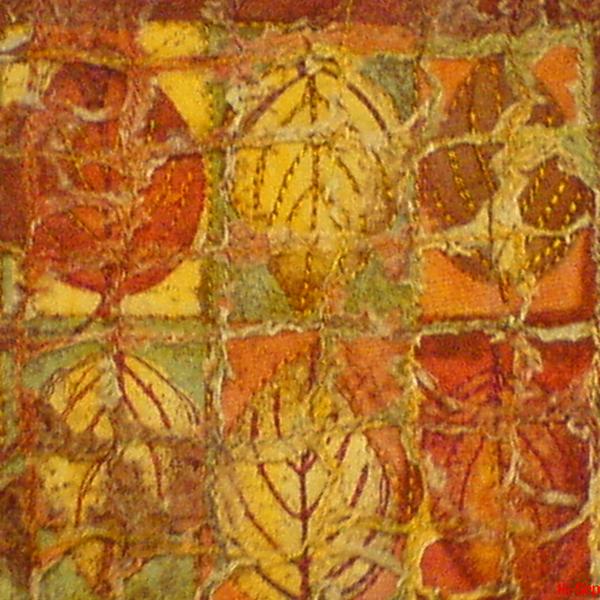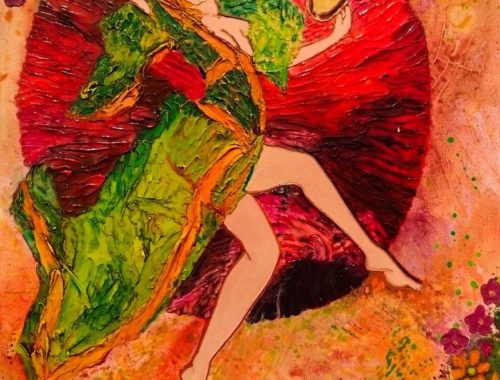
Eco-dyeing basics
I decided to write this blog in response to questions asked in Susan Taylor Brown’s livestream chat group. I realised that with a bit of basic information artists would be able to get better results with their eco-dyeing projects.
If you are dyeing with commercial dyes you won’t need this blog – just read what it says on the label about what fabrics/fibres it will dye.
However if you want to dye with plants, whether fabric or paper or yarns, there are a few basics you need to know to get the best out of your plants.
There are two types of fibre: Protein based fibre from animal sources, and Cellulose based fibre from plant sources.
To dye protein fibres (wool, silk, soy and milk fibres) it is necessary to add an acid to help the fibre take up the dye. You can use acetic acid, white vinegar, even lemon juice if you wish.
To dye cellulose fibres (cotton, linen, hemp, rayon, ramie) it is necessary to add an alkaline. You can use soda ash, washing soda or even clean white ashes from the fire. Paper is also made from cellulose based fibres.
Just to confuse things, red cabbage contains a water soluble pigment called anthocyanin that changes colour when mixed either with an acid or an alkaline. It will turn red in an acidic environment and it will turn bluish green in an alkaline environment.
Then there are mordants which help to extract and set the dye from the plant. Alum is probably the only safe one as the others, chrome, copper, iron and others, are heavy metals and I don’t want to put heavy metals down my sink or into my garden, so I only use alum.
You can use iron bits which is why we add rusty objects, not just for the rust but for the iron content and bits of copper pipe. You can dye your stuff in copper pans or cast iron pans. Each metal helps with a different range of colours.
Salt is also a good general additive to help the fabric take up the dye.
Some plants give a substantive dye (they don’t need a mordant to help them), Onion skins, madder root, tumeric are some. Others very much need mordants. Some plants will not give colour without heavy metal mordants. If you keep researching you will find another plant that will give a similar colour without heavy metals.
Plants with a high tannin content with help give you dark browns and blacks.
This is just about basics and is not intended to be a conclusive tutorial. There is a massive wealth of information out there on the internet. There is also an excellent book by an Australian artist – Eco Dyeing by India Flint, which I recommend. India also runs workshops online and she does (under normal conditions) travel the world giving workshops.

Scrapbag Studios has a Facebook page

Recent Jewellery
You May Also Like

Scrapbag Studios has a Facebook page
February 14, 2017
Canvas
July 26, 2022